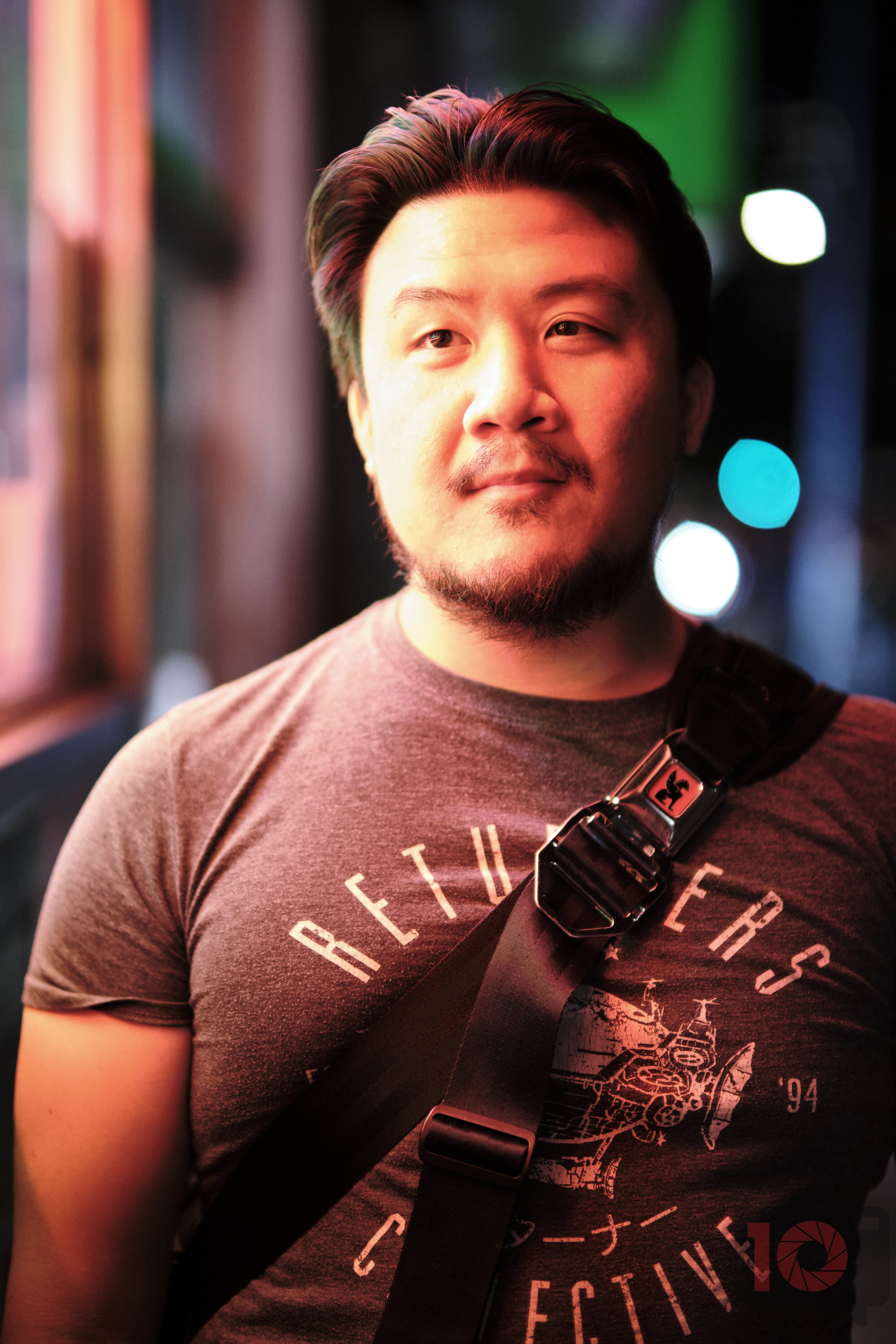The Fujifilm 50mm f1 R WR gives legitimacy to the X series that full-frame photographers have long complained about.
I think we have to admit to ourselves that professional photographers will use a flash or create their own light if they need it. And so, the light-gathering that the Fujifilm 50mm f1 R WR boasts will appeal to the hobbyist. Most photographers these days are hobbyists–and a lens with extra bokeh is like a baited hook. Liken the hobbyist shooter to a dog. When the creature receives a treat, they’ll be happy each and every time. Portrait photographers shooting the Fujifilm 50mm f1 R WR will be similar. In fact, I was shocked.
Editor’s Note: This is not a sponsored post even though I’m realizing that it sounds like it. But instead, it’s genuine adoration for a lens I feel strongly about.
Going into testing the pre-production unit, I didn’t know what to expect. But the lens is pretty light. It feels like a heavier version of a Sony 85mm f1.8 FE lens. But more comparable to Fujifilm, there’s nothing like this in the lineup. Somehow it conforms to the hand like no other. I’m personally a guy who likes small prime lenses. I’ve never taken a liking to the 56mm f1.2 despite owning one. However, I like the 50mm f2 R WR. And the Fujifilm 50mm f1 R WR is that lens, but supercharged.
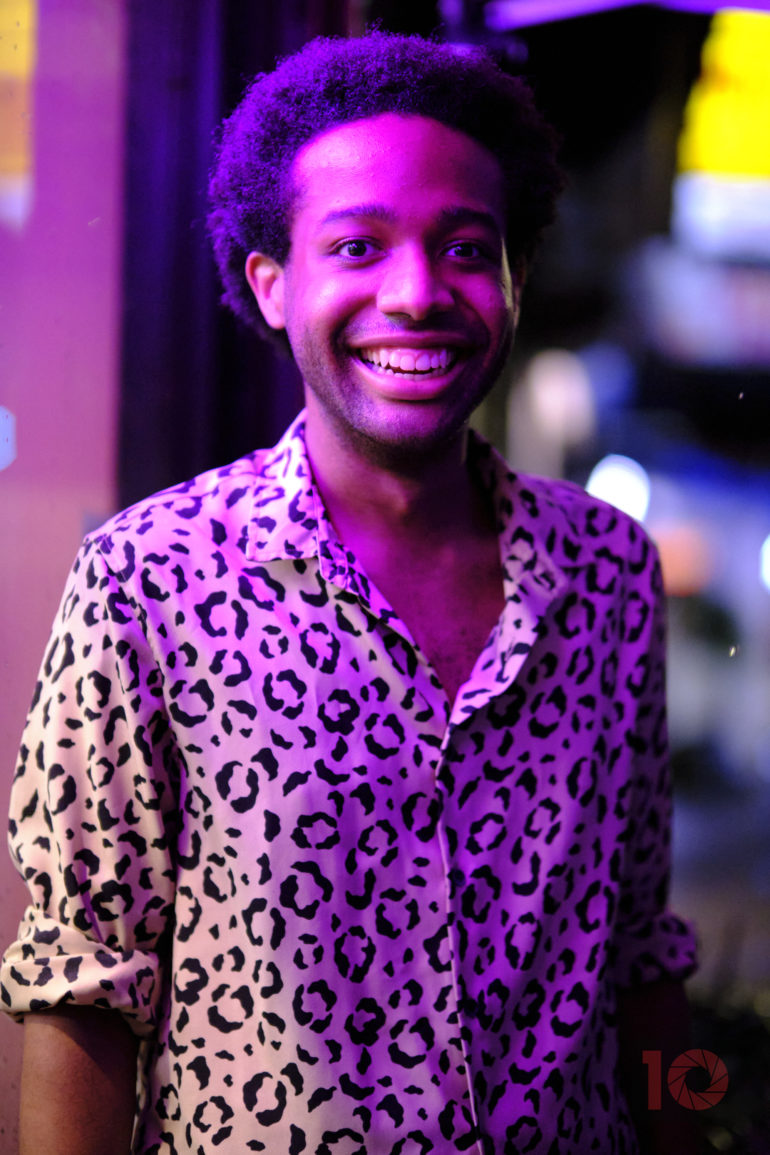
My biggest concern was the autofocus. Being an X Pro 3 owner, I couldn’t see how the Fujifilm 50mm f1 R WR would be able to lock onto a subject that quick. But it’s not terrible at all. And with the XT4–it’s fantastic. Continuous autofocus with a portrait subject that’s continually changing poses is excellent. At f1, you can still get the eyes razor sharp in focus. Then tack on the Fujifilm Film Simulations, and you’re going to be in love. Even better, I’m shocked at how it performed in low light and constantly changing light. Around Queens, NY, where we’ve moved offices, there is lots of the cinematic, old school city that has otherwise been left behind. That includes many of the neon signs you find. These signs are great for shoots and testing the autofocus.
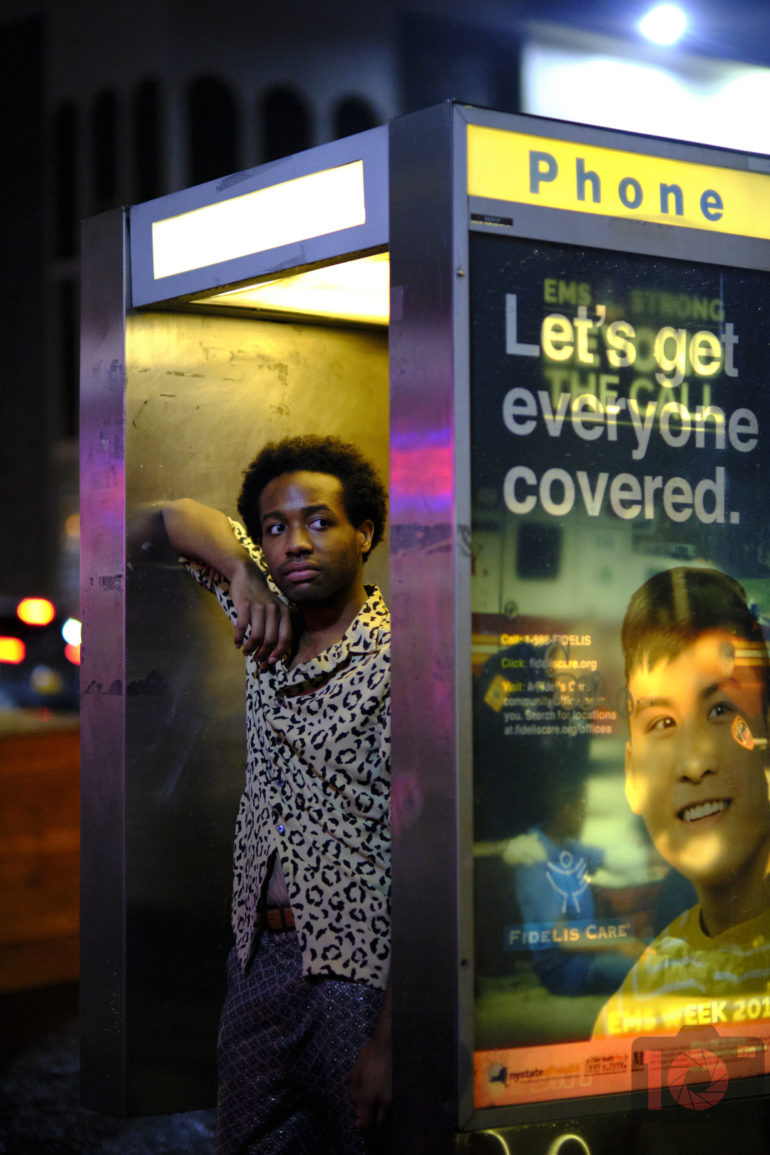
Before I go on, I want to be fair. So I’ll discuss what I don’t like about this lens. First off, I wish it were a bit lighter. It pairs excellent with the XT4, but with the X Pro 3, it seems a bit front heavy. Still, it’s not that awful. It’s like using a fast aperture Leica lens on a Leica M. Most photographers don’t do it because it gets in the way of the viewfinder. It’s also pretty unbalanced. But with the EVF, you’ll be fine.

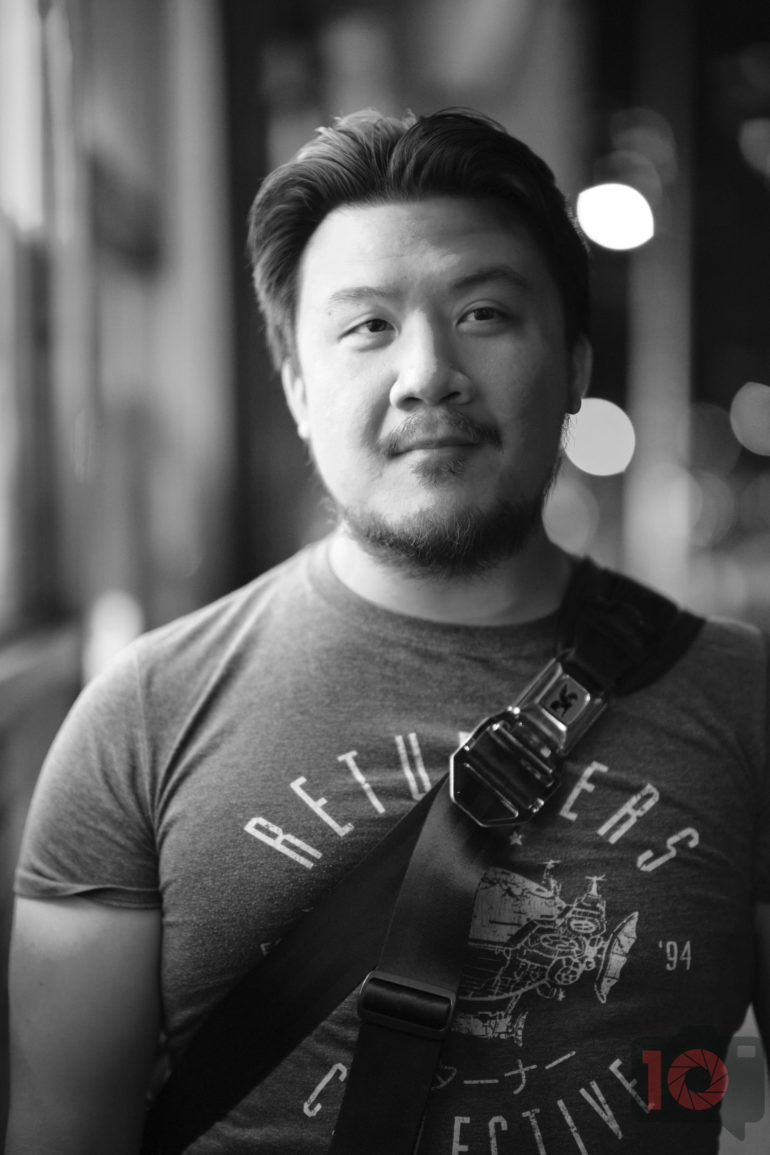
I also wish this lens was a bit smaller. We’re seeing this trend in the full-frame camera world where cameras and lenses are becoming super tiny. We’re going to have to expect the same for Micro Four Thirds and APS-C. This begs the absurdly sounding question of why the Fujifilm 50mm f1 R WR can’t be even smaller. It’s crazy to ask, but it’s also pretty relevant now. If Canon can make a super small camera and cram a full-frame sensor into it, why can’t we do the same with both APS-C cameras and lenses?
And lastly, I wish that it were faster to focus on the X Pro 3. But that’s a camera issue. Fujifilm treats this camera with a lack of respect. And yet, to be honest, it’s one of my favorite cameras of the past decade. I haven’t been this excited about a camera since the 5D Mk II. Cameras that come closer are the Sony a7r III, the Leica M10D, and the Canon EOS R5. But the X Pro 3 should be able to quickly focus with the Fujifilm 50mm f1 R WR. Now, in the time of social distancing, I think it’s essential for street and event shooters.
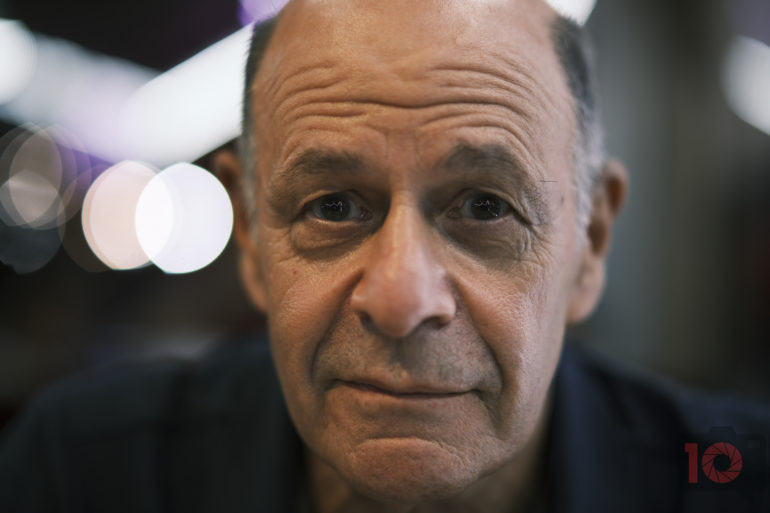
But back to portraits! What really amazed me is that our recent model, Micah, didn’t really have much experience. So I had to do a technique that gets real, serious, emotions in front of the camera. Basically, we shared some brown liquid courage and had a conversation. I asked questions that I knew would specifically get certain emotions out of him. Once I saw those, I snapped an image. The whole time, the Fujifilm XT4 and the 50mm f1 were keeping the focus on him as best they could. Using continuous autofocus, zone area focus, and face/eye detection, the combo did a decent job. I was even more impressed with this in low light.
Micah also wanted some images in black and white. And that’s where the Fujifilm system always wins me over. With Acros mode, I just get black and white photos that everyone loves. As an Editor in Chief, I work all day in front of a computer. The last thing I want to do is go back to it after shooting. So I work as hard as I can to get my final image in-camera. This applies to the Velvia, Classic Chrome, Classic Negative, and other simulations too.
Overall, I think that Fujifilm now has a lens that will make full-frame shooters jealous. It may also even change the way that they work.


